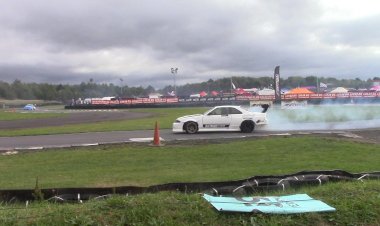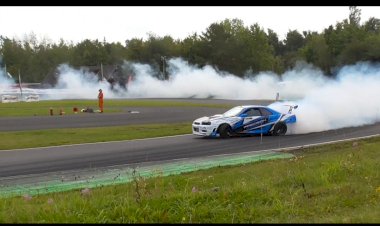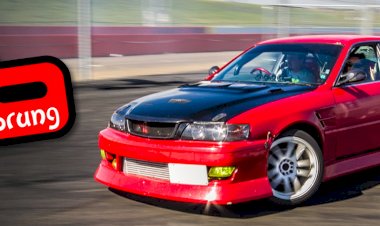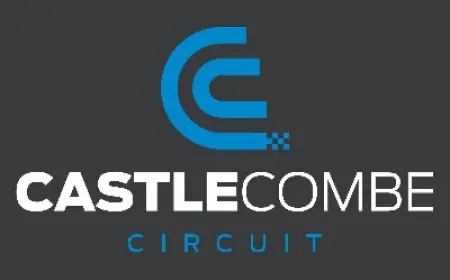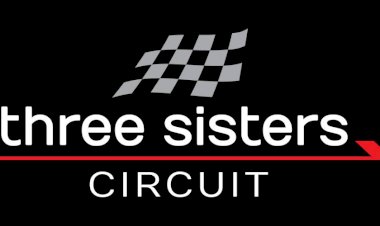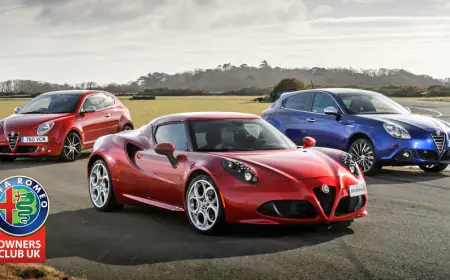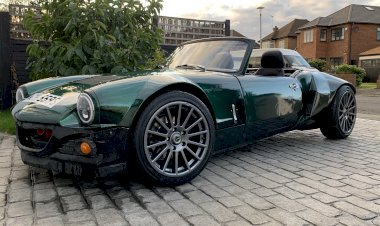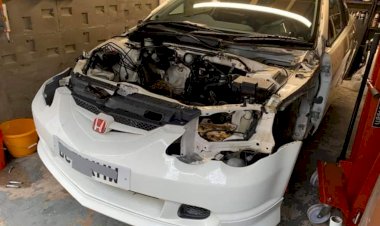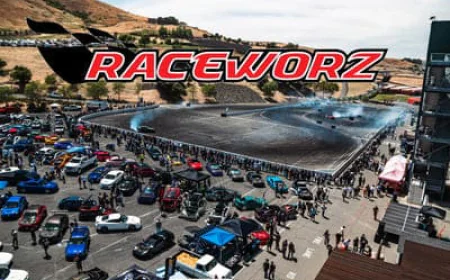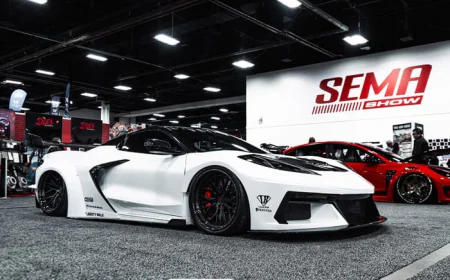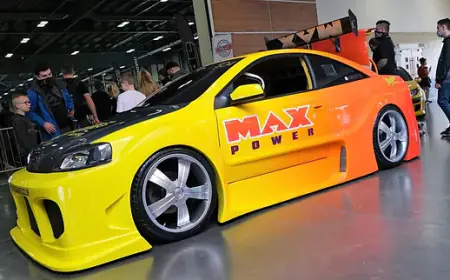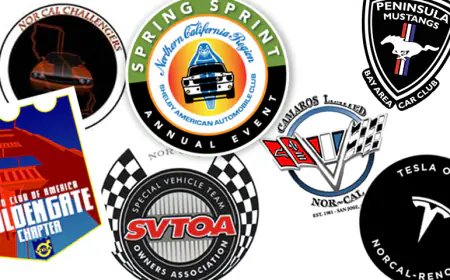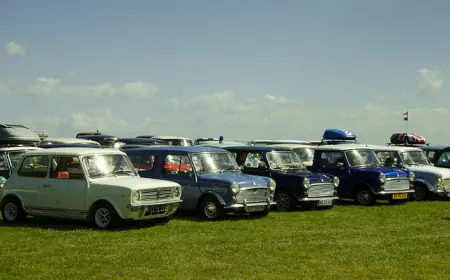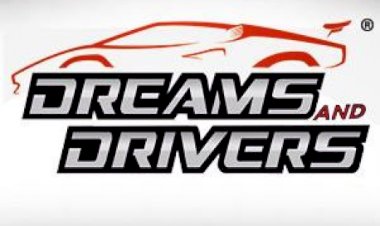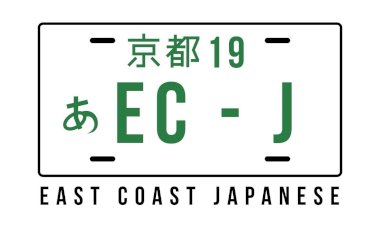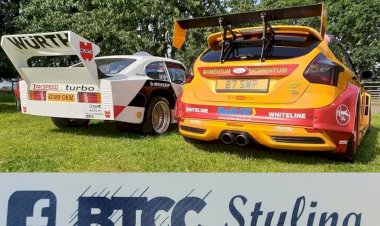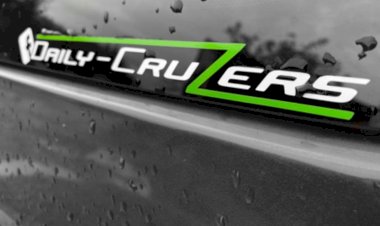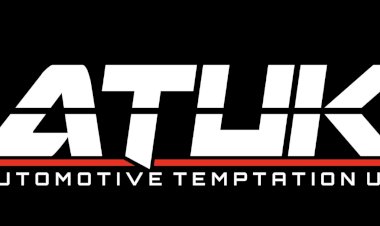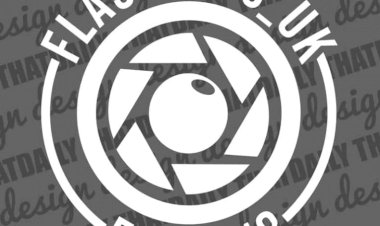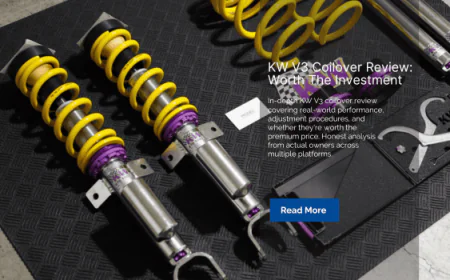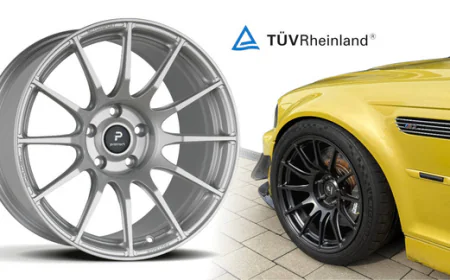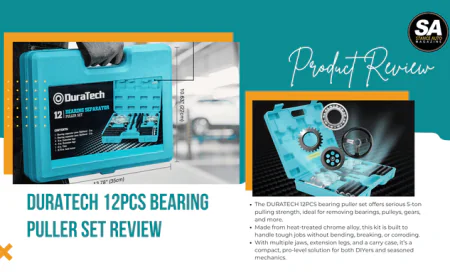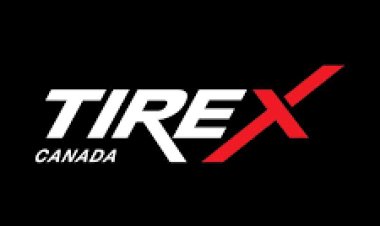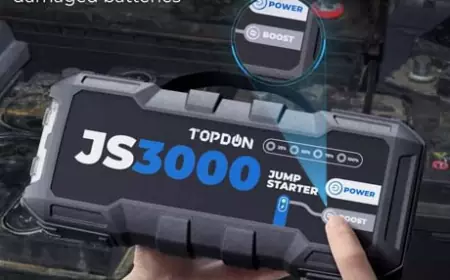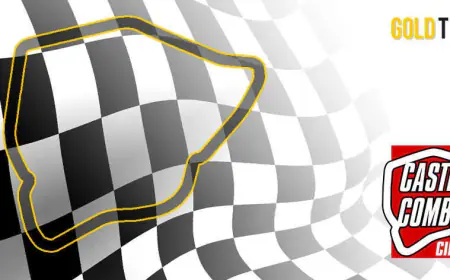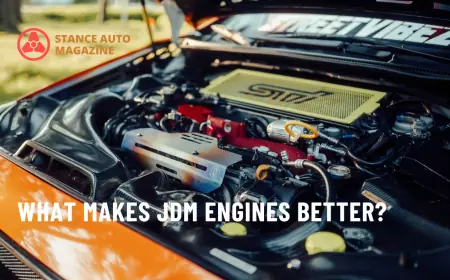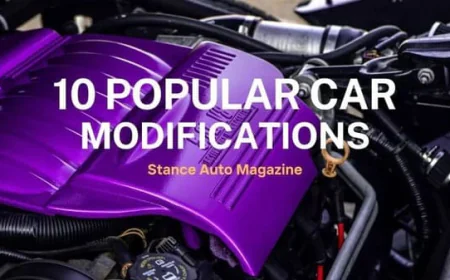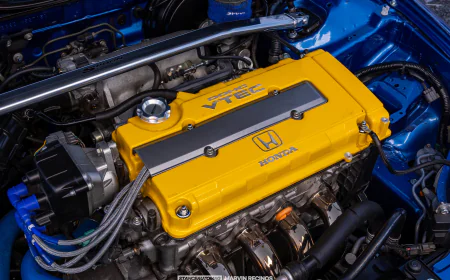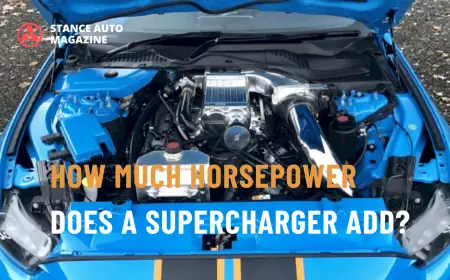Best Engine Swaps: Zetec Turbo into FWD Fords
Learn how to swap a Zetec Turbo engine into a front-wheel-drive Ford. Detailed steps, essential components, challenges, and performance benefits await in this expert guide.

Share this story on social using the buttons above the image.
Order Your Car Magazines From Our Amazon, or Etsy Store!
Looking For Digital Automotive Magazines? Look In Our Magazine Rack!
Best Engine Swaps: Zetec Turbo Engine Swaps
Swapping a Zetec Turbo engine into a front-wheel-drive (FWD) Ford is a popular performance modification that transforms everyday cars into powerful, high-performance machines. Whether you’re looking for a reliable daily driver with a kick or aiming to build a weekend warrior, the Zetec Turbo is an excellent choice. It offers not only impressive horsepower and torque gains but also allows for extensive modifications down the road.
This guide walks you through the entire process, providing tips, essential components, and the step-by-step procedure to ensure a successful Zetec Turbo engine swap.

Focus Zetec S Build: Bagged & Turbocharged!
Why Choose the Zetec Turbo for FWD Fords?
The Ford Zetec engine is a highly regarded engine platform, originally designed for compact cars like the Ford Fiesta, Escort, and Focus. While the naturally aspirated version of the Zetec is solid, adding a turbocharger opens up a whole new world of power potential. Here's why the Zetec Turbo engine is the ideal choice for FWD Ford enthusiasts:
1. Affordability and Availability
The Zetec engine is readily available in junkyards, used car sales, and online marketplaces. This makes it an affordable foundation for an engine swap compared to other more exotic or rare performance engines. Whether it’s a 1.6L or a 2.0L version, you can easily find a Zetec engine in good condition to begin your swap.
2. Power Potential
The addition of a turbocharger allows the Zetec engine to push 250-350 horsepower with just basic modifications. That’s a massive increase over the stock 130-140 hp, making it a great option for enthusiasts seeking substantial performance gains. With the right parts and tuning, some Zetec Turbo builds even exceed 400 hp.
3. Aftermarket Support
The Zetec engine has a massive aftermarket scene, meaning you’ll have no shortage of parts and upgrades for tuning. Whether it’s a bigger turbo, enhanced intercoolers, or tuning software, everything you need to optimize the Zetec Turbo swap is available.
Already A Member? Click Here To Read Your Car Magazines FREE!!!

Best Engine Swaps: Understanding the Zetec Engine
Before diving into the swap, it’s essential to understand the engine that you’re working with. The Zetec family consists of several variations, but the 1.6L and 2.0L versions are the most common for turbo applications. These engines were designed to offer a balance of fuel efficiency and performance, making them ideal for a turbo setup.
Key Features of the Zetec Engine:
-
Durable Iron Block: The cast-iron block is strong enough to handle the additional stress generated by forced induction.
-
DOHC (Dual Overhead Cam) Cylinder Head: The DOHC design improves airflow, allowing for better combustion and power delivery, especially when paired with a turbocharger.
-
Fuel Injection System: The fuel system is already capable of handling the added demand that comes with forced induction.
The Importance of Turbocharging the Zetec
Turbocharging significantly improves engine efficiency and power output. In the case of the Zetec engine, adding a turbocharger brings the best of both worlds: a reliable and robust engine combined with the excitement of boosted performance.
Benefits of Turbocharging a Zetec Engine:
-
Increased Power Output: The primary reason for turbocharging is the significant power increase. A turbocharged Zetec engine can easily reach 250 hp with just bolt-on parts.
-
Improved Efficiency: Unlike supercharging, turbochargers make use of exhaust gases to spool the turbine, reducing the engine's load and improving fuel efficiency under normal driving conditions.
-
Enhanced Throttle Response: Properly tuned turbo setups can offer smooth power delivery and minimize turbo lag.

Best Engine Swaps: Key Components for a Zetec Turbo Swap
Now that you understand why a Zetec Turbo engine is the ideal choice, let's dive into the components you'll need to make the swap successful. Below are the key parts required for a reliable and powerful Zetec Turbo setup.
Choosing the Right Turbocharger
The turbocharger you select plays a crucial role in how your engine performs. The size and type of turbocharger determine how much air is forced into the engine, impacting both power and throttle response. Some common options for Zetec Turbo builds include:
-
Garrett T3/T4 Hybrid: A versatile choice that offers good power without excessive turbo lag.
-
BorgWarner EFR Series: Known for their quick spool times and excellent reliability.
-
Mitsubishi TD04: A popular turbo for smaller displacement engines like the Zetec, offering a good balance of spool and power output.
Upgrading the ECU and Wiring
An aftermarket ECU is essential for managing the increased airflow, fuel, and ignition timing that come with a turbocharged engine. Some great options for tuning a Zetec Turbo include:
-
MegaSquirt ECU: Known for its versatility and customizability, MegaSquirt is a top choice for budget builds.
-
Emerald K6 ECU: Plug-and-play solutions designed for Ford engines, ensuring minimal fuss during installation.
You’ll also need to update your wiring harness to match the new components. Custom wiring may be required if you’re installing a standalone ECU or converting the car’s system to handle turbo-specific parameters.
Optimizing the Fuel System
A turbocharged engine demands more fuel, especially at higher boost levels. To ensure optimal performance and prevent lean running conditions, you’ll need to upgrade the following:
-
Fuel Injectors: Larger injectors (350cc or higher) are necessary to provide the additional fuel for the turbocharged engine.
-
Fuel Pump: A high-flow fuel pump, like the Walbro 255, is required to keep up with the increased demand for fuel.
-
Fuel Pressure Regulator: Adjust the fuel pressure to match the needs of your turbo setup.
Check out this video by: Ignition Advantages -
Best Engine Swaps: Step-by-Step Guide to the Zetec Turbo Swap
Here’s a more detailed look at the steps required to perform the Zetec Turbo engine swap in a FWD Ford.
Preparing the Chassis for the Swap
Before you start the engine swap, make sure the car’s chassis is ready to handle the new engine’s power. This includes:
-
Strengthening the Subframe: Reinforce the subframe to support the additional weight and torque of the turbocharged engine.
-
Upgrading the Suspension: Consider upgrading the suspension to cope with the increased power and improve handling.
-
Brakes: Upgrade to larger discs and performance brake pads to manage the extra speed and braking requirements.
Installing the Zetec Turbo Engine
-
Mounting the Engine: Use custom or modified engine mounts to install the Zetec Turbo into your Ford chassis.
-
Turbo Positioning: Install the turbo in a position that allows proper airflow to and from the engine. Ensure that there’s sufficient space for the intake, exhaust, and intercooler piping.
-
Transmission Fitment: If you're using the stock Ford transmission, make sure it’s capable of handling the additional torque from the turbocharged engine.
Final Tuning and Adjustments
Once the engine is installed, it's time to tune and finalize the build:
-
Dyno Tuning: Use a dyno to tune the ECU for optimal performance and ensure air-fuel ratios are ideal.
-
Leak Testing: Double-check all hoses, vacuum lines, and exhaust components for leaks.
-
Final Road Test: Gradually test the vehicle under load to ensure all systems are functioning properly.
Best Engine Swaps: Common Challenges and How to Overcome Them
While the Zetec Turbo swap is a relatively straightforward build, you may encounter a few challenges:
-
Turbo Lag: Minimize turbo lag by choosing an appropriately sized turbo and optimizing the exhaust system.
-
Heat Management: A turbocharged engine generates a lot of heat, so ensure you have adequate cooling, including a high-performance radiator and intercooler.
-
Torque Steer: Torque steer can be a challenge in FWD vehicles. Consider installing a limited-slip differential (LSD) to mitigate this issue.
Performance Gains and Long-Term Benefits
The Zetec Turbo engine swap offers impressive performance gains:
-
Stock Power: The naturally aspirated Zetec engine offers around 130-140 hp.
-
Turbocharged Power: After a turbo swap, you can expect 250-350 hp, with potential for even more with a built engine.
-
Fuel Efficiency: When tuned properly, a Zetec Turbo engine can still provide decent fuel economy under normal driving conditions.
Popular FWD Fords for Zetec Turbo Swaps
Some of the most popular FWD Ford models for the Zetec Turbo swap include:
-
Ford Fiesta (Mk4/Mk5): The compact size and light weight of the Fiesta make it an ideal candidate for a Zetec Turbo swap.
-
Ford Escort (Mk5/Mk6): A popular choice for budget performance builds with good handling characteristics.
-
Ford Focus (Mk1): The Focus Mk1 is another great FWD platform with plenty of room for modifications and power upgrades.
Further Reading and Resources
Please leave your comments below!
Your feedback helps us reach more readers and the Printed Car Magazine. Thank you.
So you think you know all about Cars, prove it! Take A JDM Car Quiz
Do you Need A Freelance Photographer?
Our Photographers Are Available For Hire
UKTM no: UK00003572459
 Like
0
Like
0
 Dislike
0
Dislike
0
 Love
0
Love
0
 Funny
0
Funny
0
 Angry
0
Angry
0
 Sad
0
Sad
0
 Wow
1
Wow
1

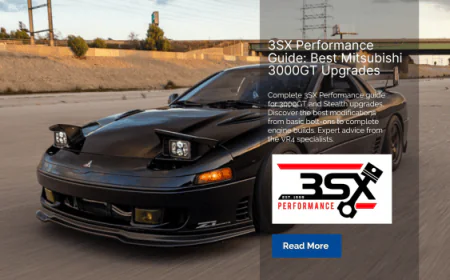
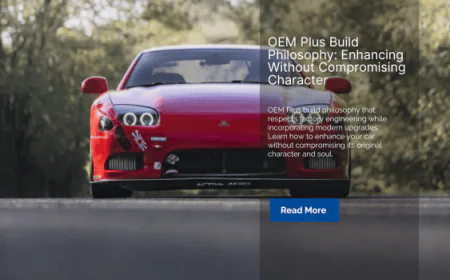




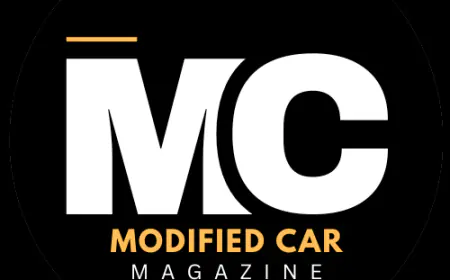







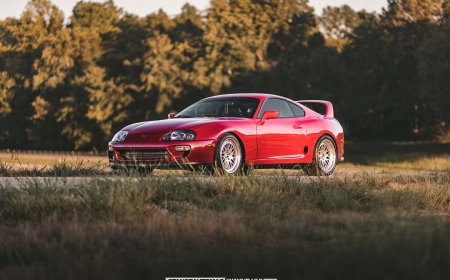















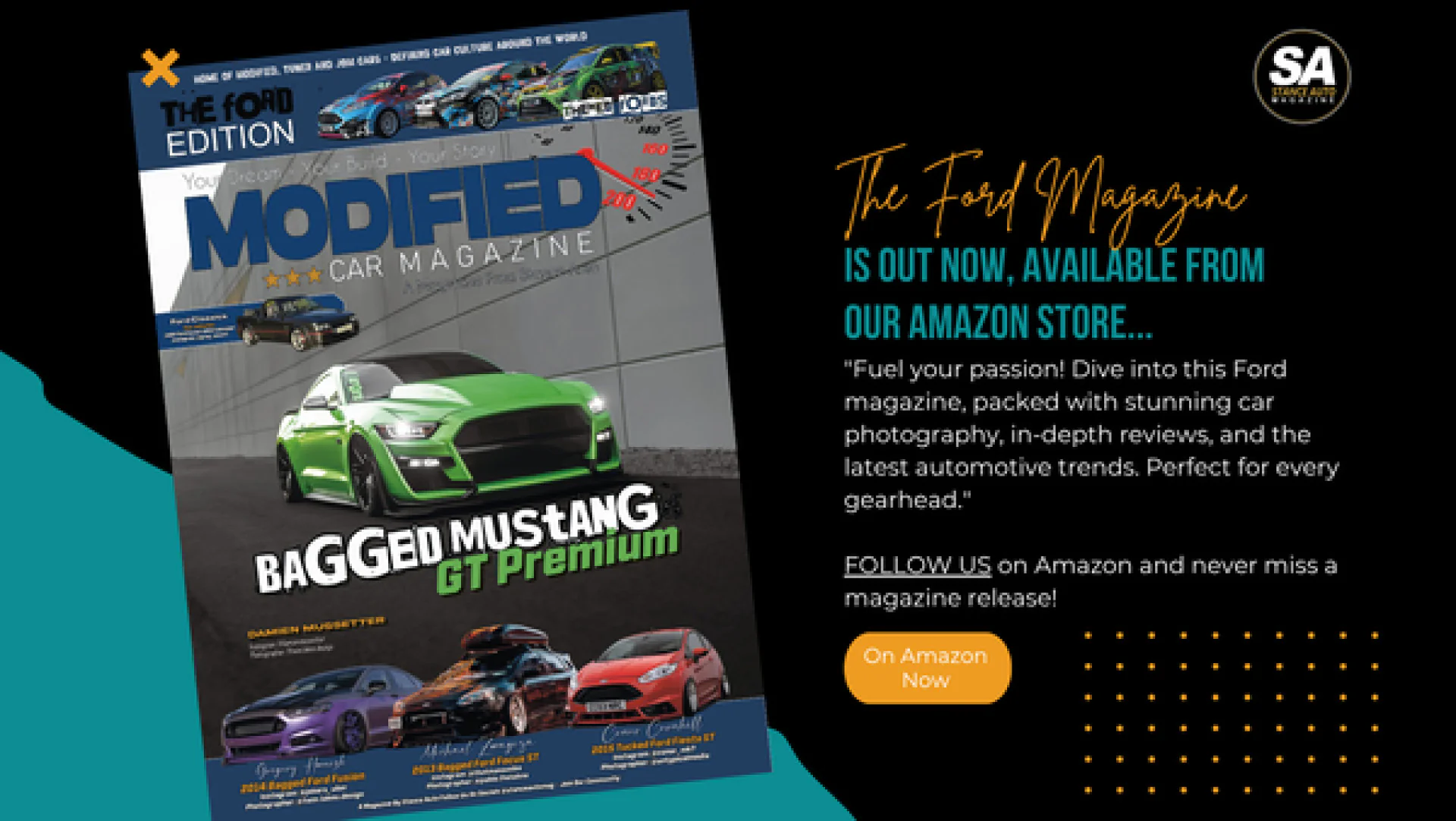









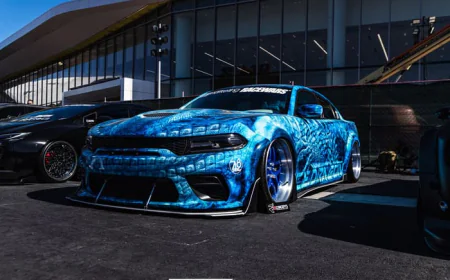
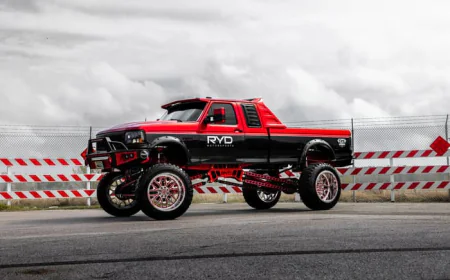


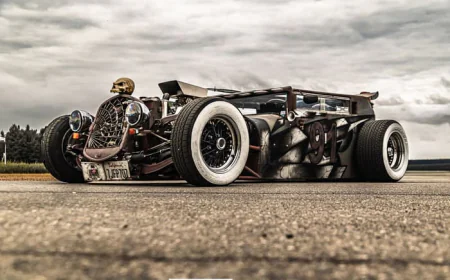





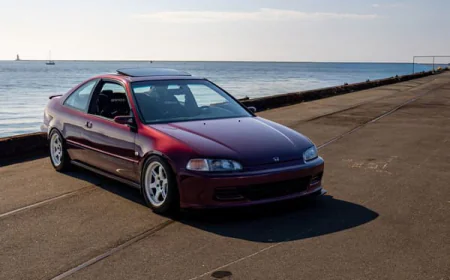
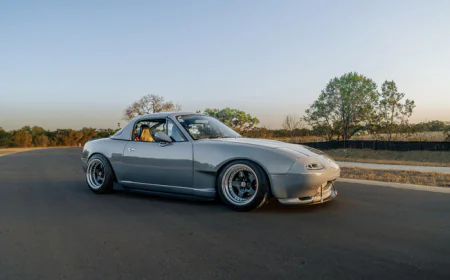

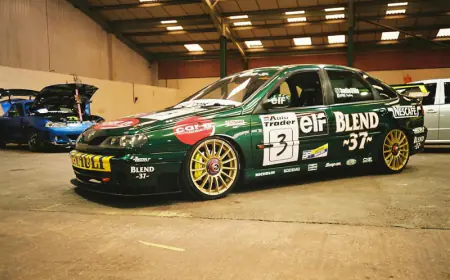








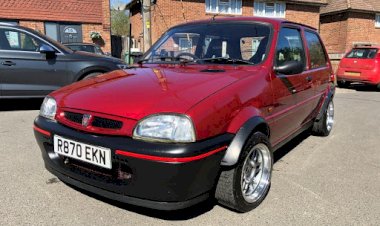
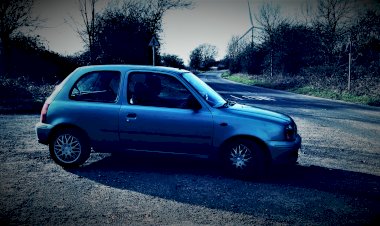




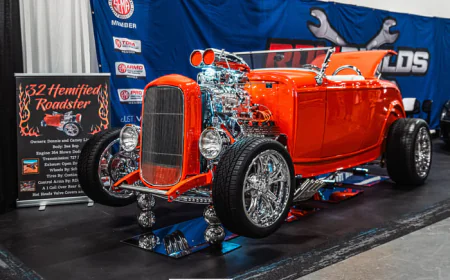



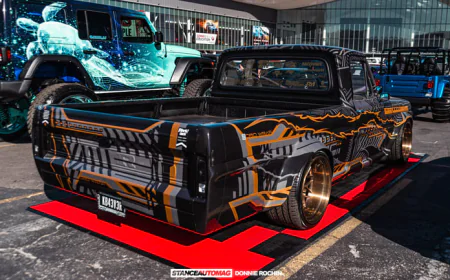




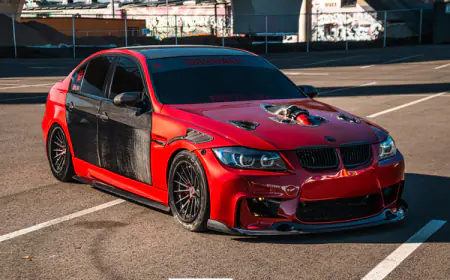

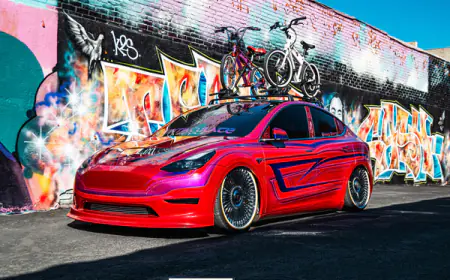








.png)












![[HOONIGAN] Ken Block's GYMKHANA NINE](https://img.youtube.com/vi/_bkX5VkZg8U/maxresdefault.jpg)

